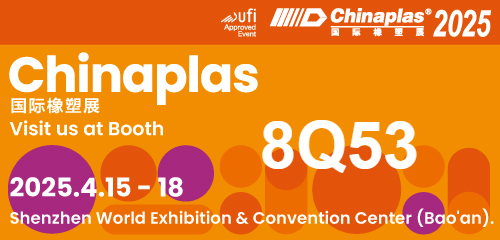The Screen Changer indeed plays a crucial role in the polyethylene monofilament production line. Below is a detailed explanation regarding the application of the Screen Changer in the polyethylene monofilament production line:
I. Function of the Screen Changer
During the production process of polyethylene monofilament, the main function of the Screen Changer is to remove impurities and particles from the plastic melt, thereby ensuring the high quality of the produced polyethylene monofilament. This is achieved through the filter screen inside the Hydraulic Extrusion Screen Changer, which intercepts impurities and particles in the melt and prevents them from entering subsequent production processes.
II. Types of Screen Changers
Depending on the actual application scenarios and production requirements, there are various types of Screen Changers to choose from, including but not limited to manual Screen Changers, automatic Screen Changers, and continuous (non-stop) Screen Changers. Among them, continuous Screen Changers enable the replacement of filter screens without interrupting production, thereby significantly improving production efficiency.
III. Application Scenarios of Screen Changers
On the polyethylene monofilament production line, Screen Changers are typically installed at the outlet of the extruder or within the melt pipeline. When the melt flows through the Screen Changer, impurities and particles are intercepted by the filter screen, while the pure melt continues to flow to the next production stage. As production progresses, the filter screen gradually accumulates impurities and particles, necessitating regular replacement to ensure its filtering effectiveness.
IV. Selection and Maintenance of Screen Changers
When selecting a Screen Changer, multiple factors need to be considered, including the production line's capacity, the melt's viscosity, the types and quantities of impurities, etc. Additionally, the appropriate Screen Changer model and size should be selected based on the production line's layout and spatial constraints.
When maintaining a Screen Changer, it is necessary to regularly check the wear and clogging degree of the filter screen and clean or replace it as needed. Meanwhile, it is also important to ensure the good sealing performance of the Screen Changer to prevent melt leakage and environmental pollution.
In summary, the Screen Changer plays a significant role in the polyethylene monofilament production line, ensuring the high quality of the produced polyethylene monofilament. When selecting and maintaining the Screen Changer, it is essential to fully consider the actual conditions and requirements of the production line to ensure its normal operation and long-term stability.
Email: info@battemachinery.com
WhatsApp: +86 158 38331071
Previous:Installation target for pelletizing hydraulic screen changerNext:Detailed structure of single plate hydraulic screen changer



